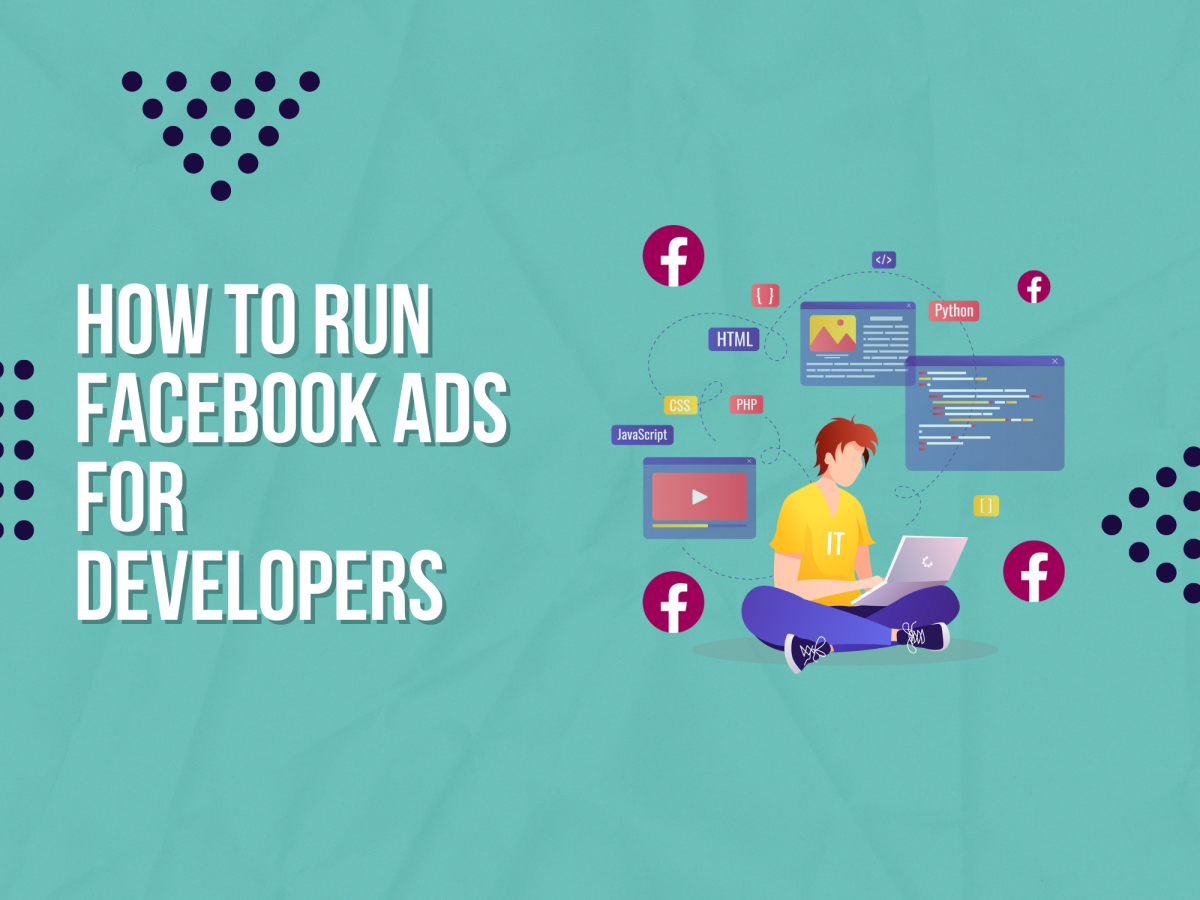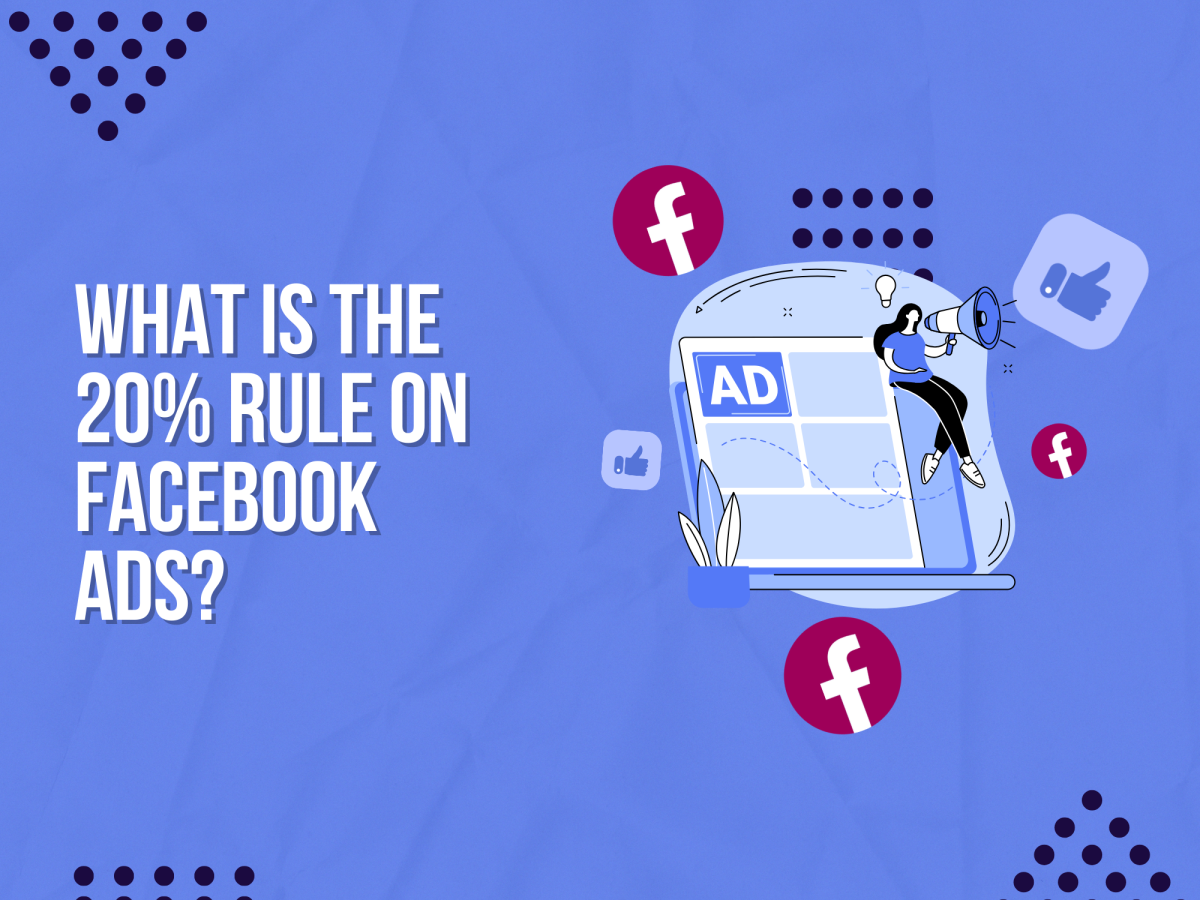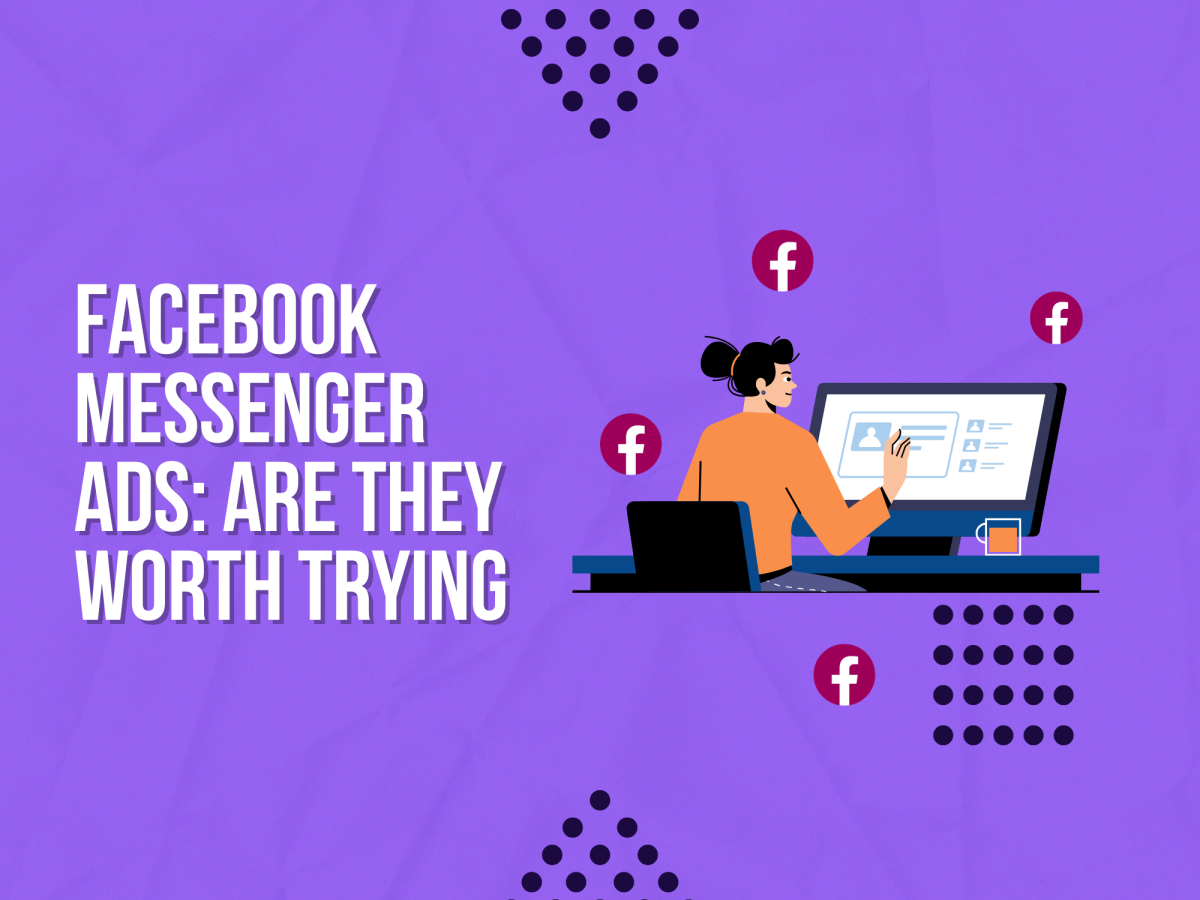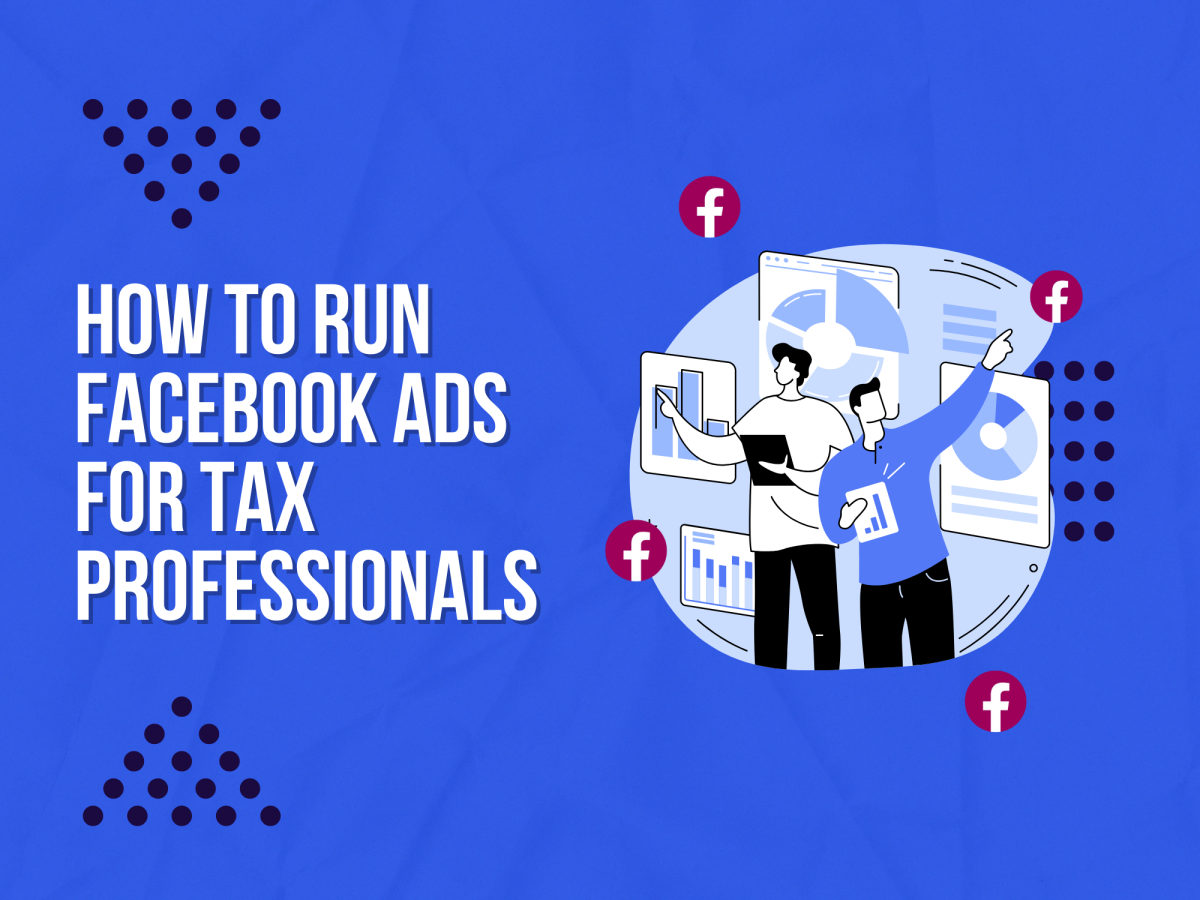Picture this. You’re venturing into the world of Google advertising.
You’ve invested a lot of time into perfecting your campaign strategy, fuelled by diligent research, competitor analysis and probably some strong coffee.
Nailed your targeting? Check.
Refined your bidding tactics? Check.

Boost E-Commerce ROI: Download Our Free CPA & ROAS Calculator
Ironed out your keywords? Check.
It’s all coming together.
But suddenly the realisation hits. You actually need to write these ads.
This sounds a bit daunting – but relax. We’re here to assist.
To help you produce dazzling Google ads that smash your conversion targets, we’ve pulled together this how to write Google Ads guide with 7 battle-tested copywriting strategies that will deliver optimal results.
Now, let’s dive into the details!
Why is Google ad copy so important?
Google Ads can be exceptionally effective for your business, allowing you to boost visibility around real-time searches and tap into live consumer demand.

However, they’re not exactly generous with their word limit – Google allows 90 characters for your headline and 180 characters for your description.
To produce effective Google ads, you’ll need to be tactical with your copy and tailor your content to this unique format.
The quality of your copy can make the difference between securing a new customer or losing a conversion to your competitors.
Luckily, we have the perfect strategies to help.
1. Focus on customer pain points
Since you’re working with limited space, your Google ads need to get straight to the point – and that’s the needs of the customer.
When a user plugs a search into Google, they’re actively hunting for something. It could be a physical product, it could be a service, it could be information.
You need to demonstrate how your business can help the customer to complete their search and reach their end goal.
Keep your ad copy concise and focused on solving customer problems.
Here’s a good example from WeBuyAnyCar of simple ad copy that addresses pain points:

The ad copy mirrors the query (‘sell cars quickly’) so users immediately feel like they’re in good hands. They’re also informed that they can sell their car in 3 simple steps, plus they’ll receive an instant online valuation.
This all sounds like a promising solution to the customer problem, which is exactly what’s going to drive a click or conversion.
2. Harness the power of specifics
Getting specific with your copy can help to make the most of the character count.
Specifics add a sense of credibility to your offering, helping you to stand out among the other ads on a results page.
Why not call out the volume of clients you’ve serviced in the last year?
Or put a number to the revenue you’ve generated for these businesses?
This kind of copy exudes confidence and authority and is more likely to drive a click than a generic headline.
For example, let’s say someone is searching for an email marketing platform, and they spot this ad from Blueshift:

Various other ads appear within this search – but only Blueshift outlines the potential for a 781% ROI and 60% increase in CTR.
This ad instantly stands out, because the user is presented with specific results and compelling numbers.
3. Nail your keywords
Keywords will always play an important role in your Google ads.
Include keywords that reflect the search terms you’ll be bidding against. If you mirror the language of your prospects, you’re more likely to seem relevant.
Relevant keywords are highlighted on the search page, so you’re more likely to capture the attention of prospects. You should also experiment with keyword placement to figure out what works – test them in different headline positions, or within your description.
However, it’s also vital to use keywords strategically. Don’t saturate your ads with them. The copy will seem clunky, which definitely won’t help your conversions.
Here’s a simple example from Weezy, based on a search for ‘grocery delivery’:

Relevant keywords are placed in both the headline and the description, so users immediately know that Weezy can solve the query. Notice that the keywords also make sense in the context of the ad – they’re integrated into the copy, not forced.
4. Include a strong CTA
When running any advertising campaign, you ultimately want users to take a specific action.
This action might be a click, a download or a sale. Whatever your desired outcome, you’ll need a strong CTA to make it happen.
Since you’re operating with limited characters, you also need a CTA that’s super clear and direct.
Phrases like ‘call today’, ‘sign up’ or ‘get a quote now’ are perfect for a punchy CTA at the end of your description. Just make sure that your CTA makes sense following your ad copy so that users are clear on what happens if they click.
(Ideally, you should also make sure that your destination page is clearly connected to the CTA for a smooth user journey.)
Here’s a good example of a clear CTA from Alexanders Group removals:

There’s a concise description of their offering, followed by a simple CTA.
Prospects know that they can call the listed number for a quote, or click on the ad, which also takes them to a quote form.
5. Make the most of promotions
Including a compelling promotion in your ad is a great way to capture the attention of your audience.
Your competitors might be offering similar services, but if you can distinguish yourself with a generous discount or special offer, you’re already a step ahead.
Using numbers in your copy can also make a big impact because they can showcase value instantly. Here’s an effective example from Montane:

This ad leads with an enticing ‘free delivery over £30’ promotion, but also includes ‘free returns’ and ‘lifetime guarantee’ in the same description. This creates a very persuasive offer-led advert.
(This probably goes without saying, but make sure that any offers promoted on Google ads are still available on your site.)
6. Use power words
When you’re writing with limited space, you need to make sure that every word counts.
That’s where power words can help. But what are these mystical power words, exactly?
Power words are phrases that create a sense of urgency or evoke certain emotions among your audience, ultimately encouraging them to act. This includes words like ‘opportunity’ or ‘exclusive’.
Here’s an example of power words in action from Vimeo:

Notice words like ‘easy’ and ‘your’ that instantly make the ad more appealing and persuasive. Simple stuff, but effective.
You don’t want to overuse these words, but when cherry-picked, they can make a serious impact on the effectiveness of your ad.
7. Don’t hesitate to experiment
Finally, don’t be afraid to experiment with your Google ad copywriting. In fact, experimentation is fundamental to finding a formula that works for your business.
Every brand will have a different experience with their Google ads performance, so test out different variations. You might lead with a new product benefit, include alternative offers in your description, or place your keywords in different positions.
Just keep monitoring the performance of each variation, and use this data to fuel your copy moving forward.
So there you have it. 7 proven copywriting strategies that will transform your Google ads into bona fide conversion magnets.
Now that you’ve soaked up the knowledge, there’s only one thing left to do.
Get out there and start writing those ads!
Related
- Google Shopping 101: How to make it work for your brand
- How to Set Up & Use a Google Ad Manager Account







